To provide the best experiences, we use technologies like cookies to store and/or access device information. Consenting to these technologies will allow us to process data such as browsing behaviour or unique IDs on this site. Not consenting or withdrawing consent, may adversely affect certain features and functions.
The technical storage or access is strictly necessary for the legitimate purpose of enabling the use of a specific service explicitly requested by the subscriber or user, or for the sole purpose of carrying out the transmission of a communication over an electronic communications network.
The technical storage or access is necessary for the legitimate purpose of storing preferences that are not requested by the subscriber or user.
The technical storage or access that is used exclusively for statistical purposes.
The technical storage or access that is used exclusively for anonymous statistical purposes. Without a subpoena, voluntary compliance on the part of your Internet Service Provider, or additional records from a third party, information stored or retrieved for this purpose alone cannot usually be used to identify you.
The technical storage or access is required to create user profiles to send advertising, or to track the user on a website or across several websites for similar marketing purposes.




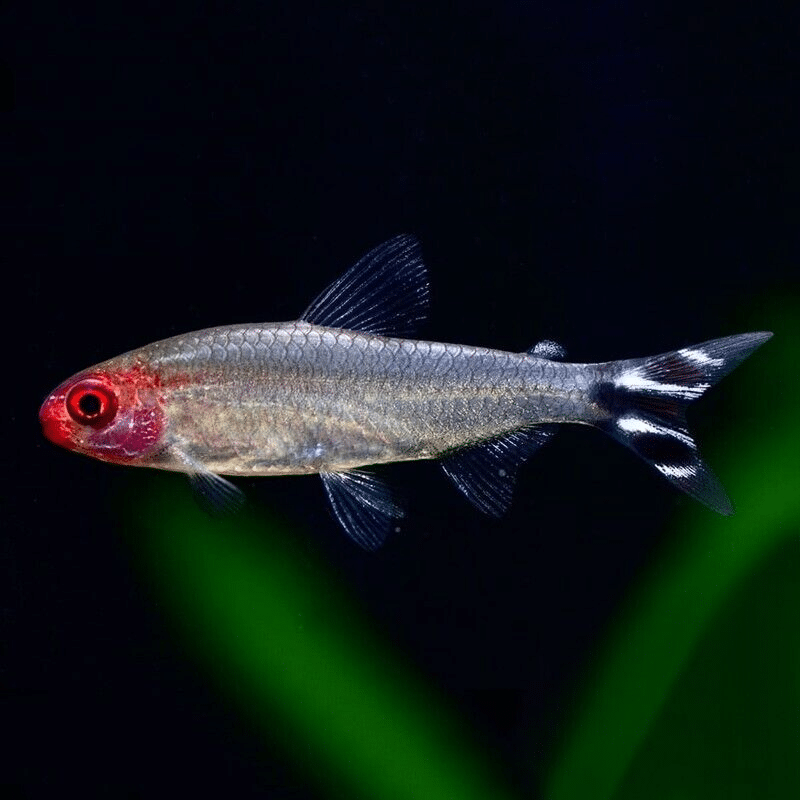
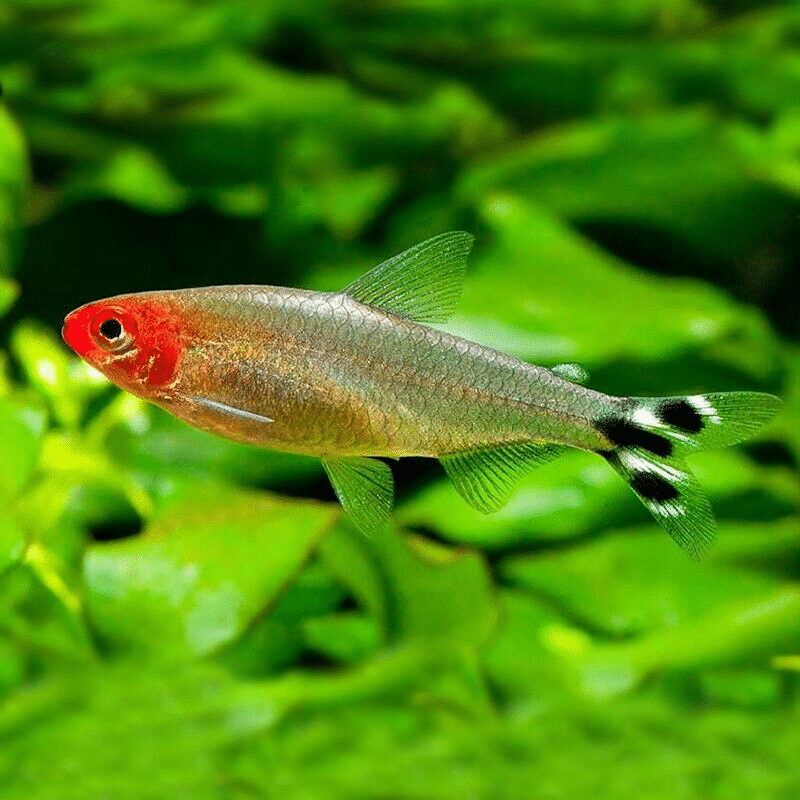
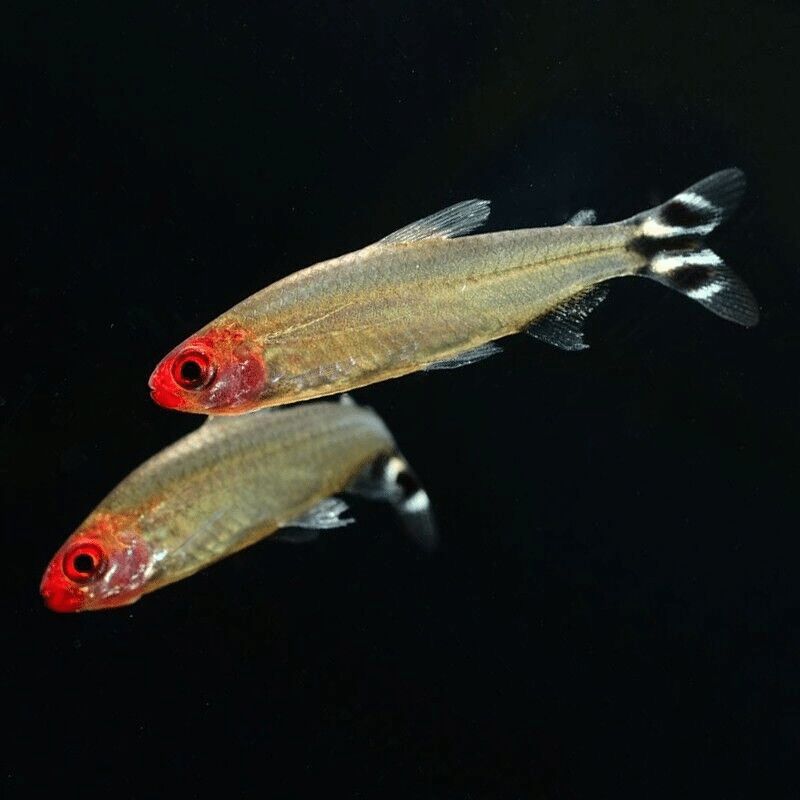
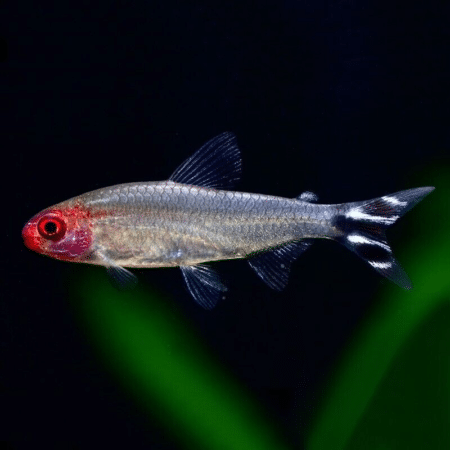

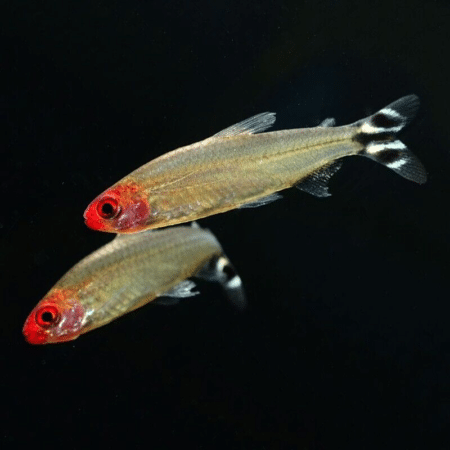

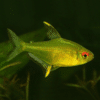









Emma Greenfield (verified owner) –
I recently added 6 Rummy-Nose Tetras to my 20-gallon aquarium, and I couldn’t be more thrilled! These little guys are not only stunning with their bright red noses and shimmering bodies, but they also bring a lively energy that’s infectious. After about two weeks, they have settled in beautifully, swimming joyfully in schools and making my tank come alive.
I appreciate how peaceful these South American tetras are—they coexist perfectly with my other tropical fish, like neon tetras, which can sometimes be a challenge. I’ve noticed they’re quite active, darting around the tank, and their social behavior is delightful to watch.
One small note: they do prefer slightly acidic water, so I made sure to adjust my parameters accordingly, and they seem very happy! For anyone looking to enhance their aquarium with a vibrant and active species, I highly recommend these little beauties. They’re perfect for beginners and seasoned aquarists alike. I’m already planning to get a few more! Shipping was quick, and they arrived healthy and ready to explore their new home.